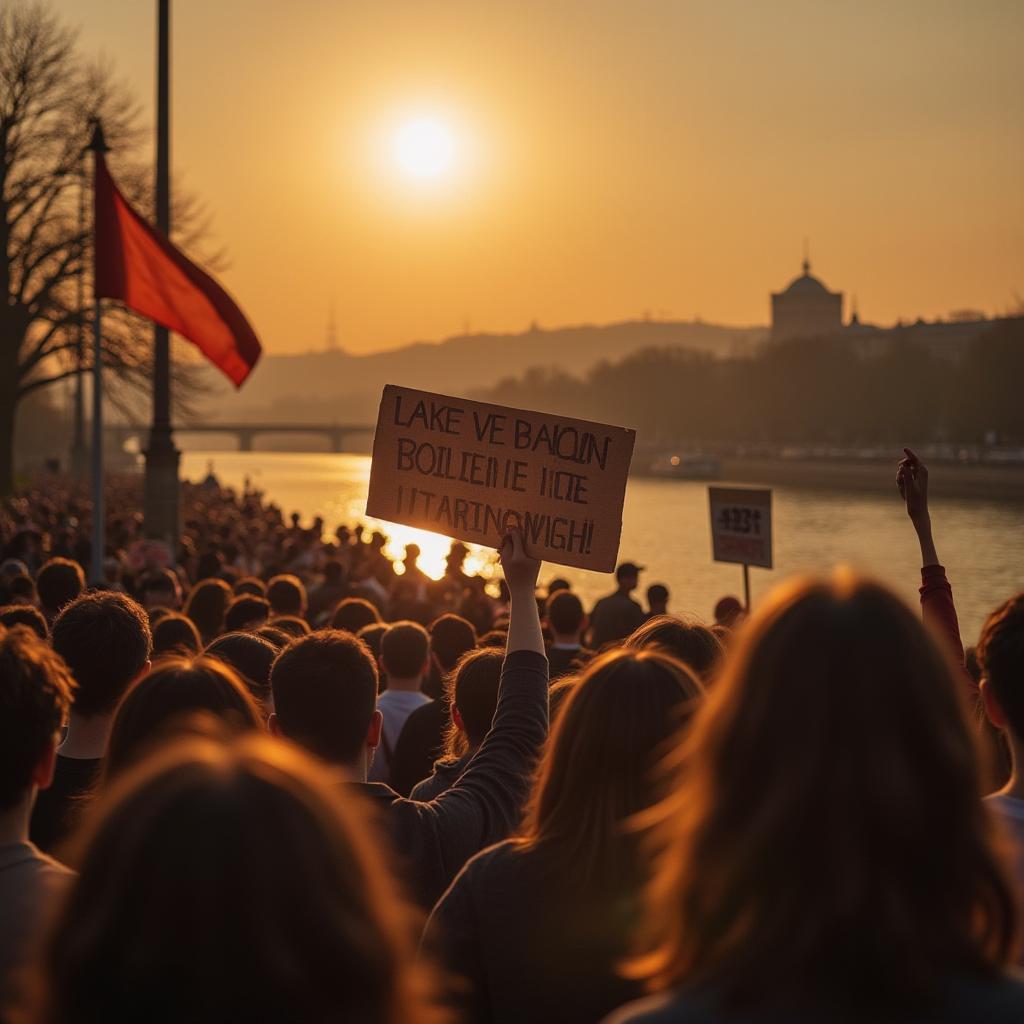
In a surprising turn of events, Serbian state television, which had long downplayed or ignored widespread protests against President Aleksandar Vucic, is now shining a spotlight on the demonstrations. This shift is testing the government’s tight grip on media narratives.
Over the weekend, tens of thousands of protesters blocked three major bridges over the Danube River in Novi Sad, Serbia’s second-largest city, bringing the area to a standstill. The rallies, organized by students, mark three months since a tragic incident at a train station in the city. State TV, known for its pro-government bias, not only covered the protests but did so in a factual manner—without labeling the protesters as traitors or foreign agents, as it has in the past.
This change in tone didn’t sit well with Vucic’s ruling Serbian Progressive Party. They slammed the broadcaster, accusing it of “scandalous reporting” and siding with “politicians who would destroy the constitutional order.”
For years, controlling the media has been a key strategy for President Vucic to maintain power. By discrediting protesters and shaping public opinion, he’s managed to stay in control for over a decade. But now, with state media breaking from the usual script, his tactics seem to be facing new challenges.
As the protests continue, all eyes are on Serbia to see how this media shift might influence the political landscape. Will this mark a turning point, or will the government find a way to regain control? Only time will tell.
